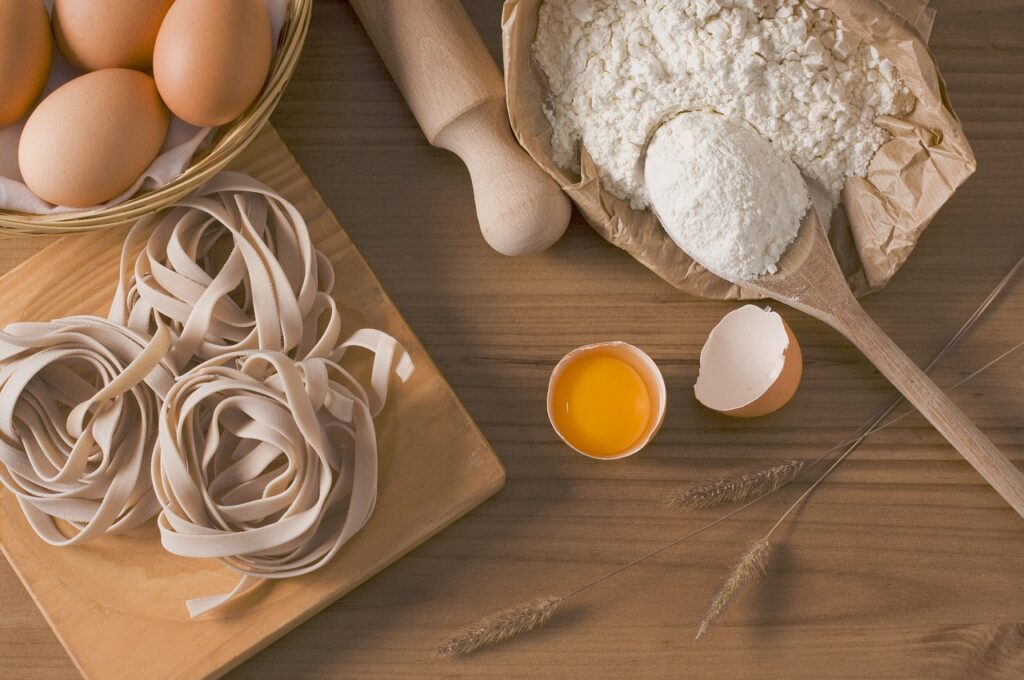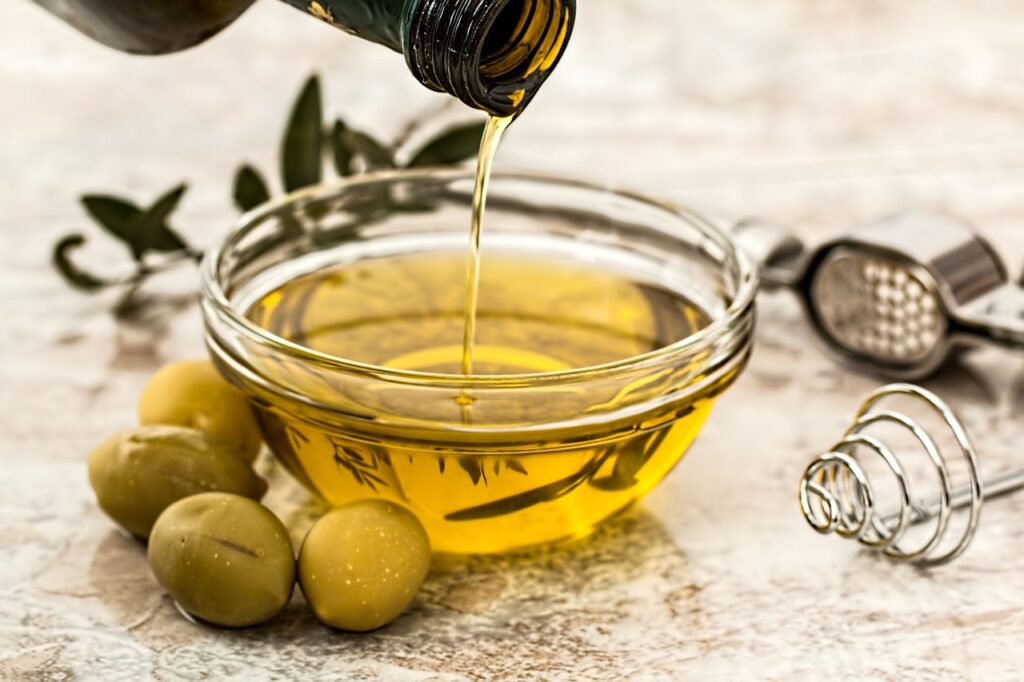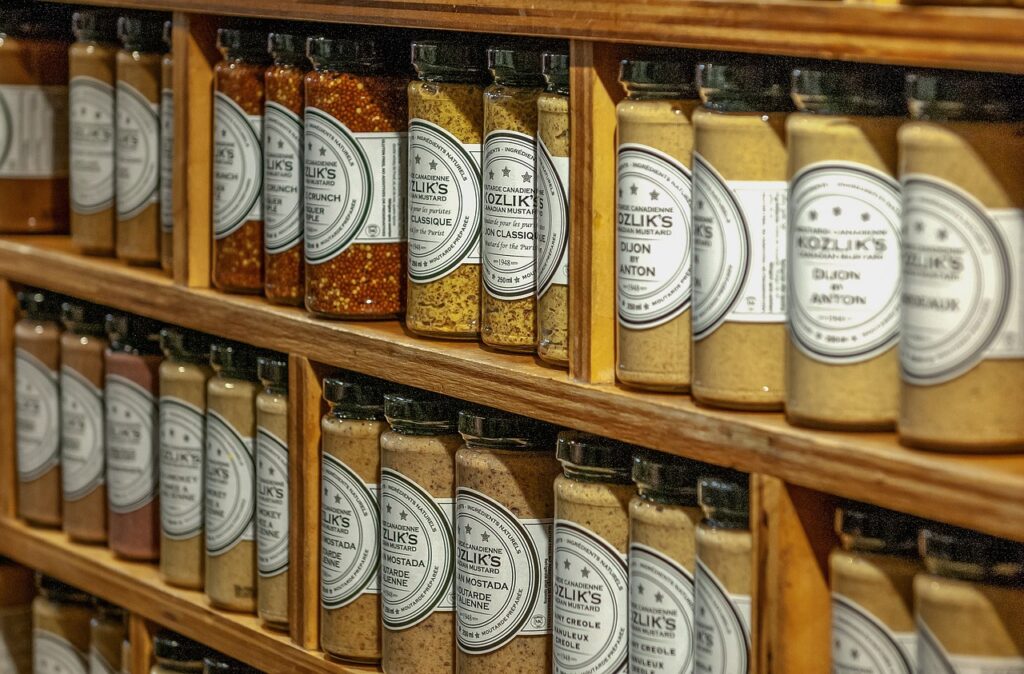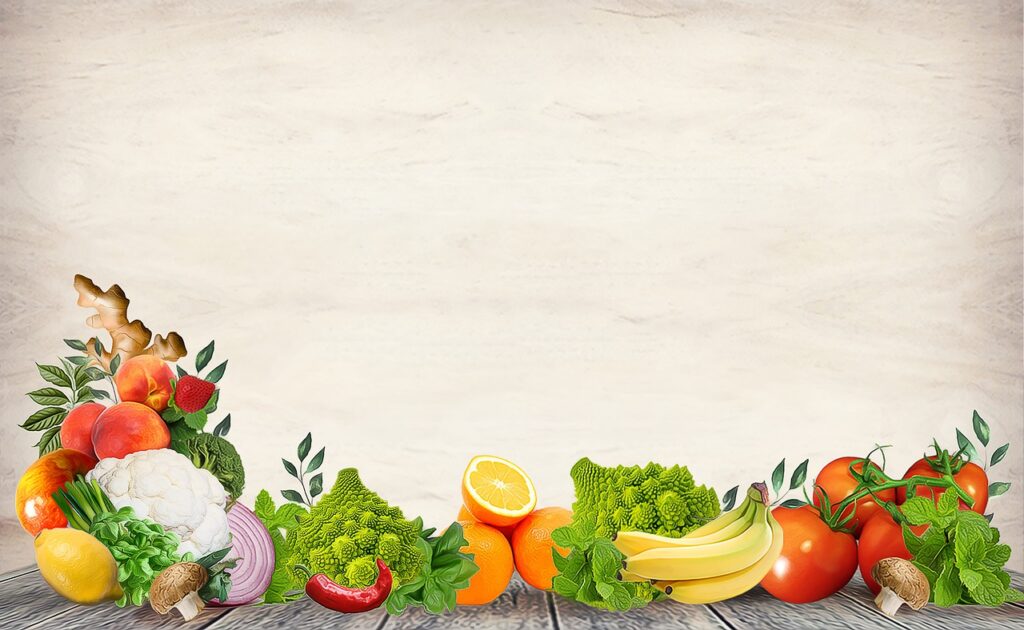How to Sell a Food Product: A Comprehensive Guide

How to Sell a Food Product: A Comprehensive Guide
Introduction
Selling a food product can be an exciting and rewarding venture, but it also comes with its own set of challenges. From perfecting your recipe to navigating food regulations, to figuring out the best way to market and distribute your product—there’s a lot to consider. Whether you’re launching a new type of snack, a packaged meal, or a health food product, understanding the steps involved in bringing your product to market is key to your success.
This guide will walk you through the essential steps you need to take to sell a food product, from refining your idea to finding the right customers.
Perfect Your Recipe and Product Concept
Before you can even think about selling your food product, you need to make sure it’s the best it can be. Whatever kind of food it is, your recipe needs to stand out in a crowded market.
Start by testing and retesting your recipe until it’s consistent every time. Consistency is key when it comes to food products. Customers will expect the same taste and quality every time they buy your product, so it’s important to get the recipe right from the start.
Once you have a recipe you’re confident in, it’s important to get feedback from others. Hosting small tastings or sharing your product with friends, family, or even local food groups will help you understand what works and what doesn’t. You can ask specific questions like, “Is it flavorful enough?” or “Would you buy this product regularly?”
Understand Food Regulations and Compliance
The food industry is heavily regulated, and for good reason. People are consuming your product, so there are strict rules to follow to ensure safety and quality.
It is important to ensure your packaging complies with local regulations regarding ingredients, nutritional information, allergens, and expiration dates. In Nigeria, for example, NAFDAC has specific guidelines that you must follow. Depending on where you are manufacturing your product, you may need to get your facility inspected or certified to meet health and safety standards. If you’re using a co-packer (a company that manufactures and packages your food product for you), make sure they also meet the necessary requirements.
Another key point is testing your product’s shelf life. You should work with a food scientist or testing facility to determine how long your product will stay fresh and safe to eat, so that you can accurately label a “best before” date.
Develop a Unique Selling Proposition (USP)
When you’re selling food, the competition is fierce. Your Unique Selling Proposition (USP) is what sets your product apart from the rest. You should be able to clearly articulate why your product is different and better than what’s already available.
Are you using organic or locally sourced ingredients? Is your food product allergen-free, or is it focused on a specific diet like keto, vegan, or gluten-free? These are the features that help carve out a niche for your food product in the market.
A compelling brand story can be a part of your USP. Customers love to know the story behind the product they’re buying. Sharing how your food product came to life or the passion behind your brand helps build a connection with your audience. It’s not just about the food—it’s about why you made it.
Create Eye-Catching Packaging
Packaging plays a huge role in the food industry. It’s the first thing customers see, and in many cases, it’s what makes them pick up your product in the first place. You should invest in quality design that reflects your brand’s identity. Whether it’s a minimalist design for a premium product or a vibrant, colorful package for a fun snack, make sure it aligns with the message you want to convey.
Aside from being attractive, your packaging should also be practical. If your food product needs to stay fresh, consider resealable bags or containers. If you’re focusing on sustainability, eco-friendly packaging could be a great way to differentiate your product.
The packaging is also where you’ll need to include important information such as ingredients, nutritional facts, and any health claims. It is important to be transparent and compliant with local food laws.
Choose Your Sales Channels
Now that you have a product ready to go, you need to decide where to sell it. The sales channels you choose will largely depend on your target audience and the type of food product you’re offering.
- Local Markets and Events: Farmers’ markets, food festivals, and other local events are a great way to get your product in front of people. You’ll be able to interact directly with customers, get feedback, and start building a local customer base. If you’re just starting, these face-to-face interactions can be incredibly valuable.
- Retail Stores: Getting your product into grocery stores or specialty food stores is a common goal for many food entrepreneurs. It’s a big step but can bring in significant sales. You’ll need to approach retail buyers with samples, a compelling pitch, and data to back up why your product will sell well in their stores.
- Online Sales: Selling online is another option that allows you to reach a wider audience. You can create your own website or sell through platforms like Amazon, Orah, Etsy, or specialty food sites. You’ll need to invest in good product photos, clear descriptions, and consider how you’ll handle shipping, especially if your product is perishable.
Price Your Product Correctly
Pricing your food product can be tricky. You need to cover your costs and make a profit, but you also need to stay competitive in the market.
Start by calculating all your costs, including ingredients, production, packaging, shipping, and marketing. Once you have a clear understanding of your total costs, you can set a price that ensures profitability.
It’s important to think about who your target audience is and what they’re willing to pay. If you’re selling a premium product with high-end ingredients, you can likely charge more than if you’re competing in the budget snack category.
Customers are often willing to pay more if they perceive your product to be of higher value. This is where your branding, packaging, and marketing efforts come in. The way you present your product can make a significant difference in how much customers are willing to spend.
Promote Your Product
Once your product is ready for the market, you need to get the word out. Effective marketing is key to selling any food product. You should use platforms like Instagram, Facebook, and Pinterest to showcase your product. Share recipes, customer testimonials, and behind-the-scenes content to engage your audience. Influencers in the food space can also help introduce your product to a larger audience.
People love free samples, and this can be a great way to get your product in front of potential customers. You can offer samples at events, in stores, or as part of an online promotion.
Partnering with complementary brands can also help you reach new customers. For example, if you’re selling a gourmet sauce, you could team up with a local bakery or pasta maker to create meal bundles or co-host events.
Conclusion
Selling a food product can be a complex process, but with the right approach, it’s entirely achievable. From perfecting your recipe and ensuring compliance to creating eye-catching packaging and choosing the right sales channels, every step plays an important role in your success.
Pricing your product appropriately and promoting it effectively will ensure you not only reach customers but keep them coming back for more.
By following these steps, you can turn your food product idea into a thriving business.






[…] first step to selling a food product is understanding where it fits in the market. The food industry is very wide, and each product […]
[…] journey of creating a food product to sell requires a lot of creativity, planning, and a solid understanding of what makes products […]